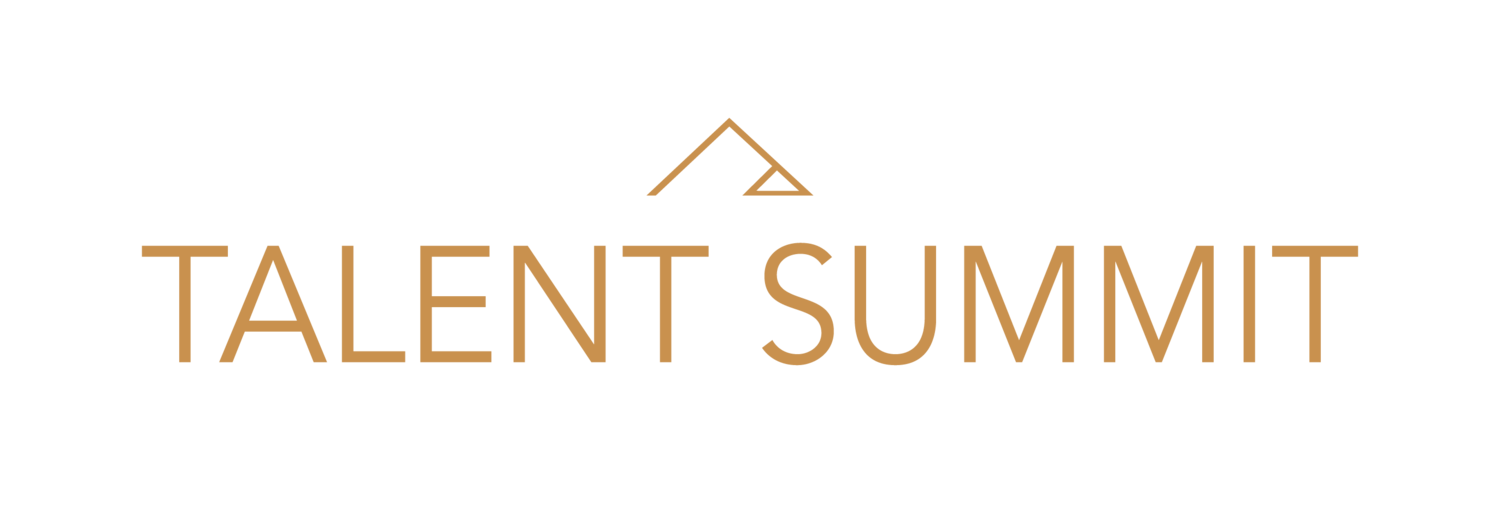How the Working World Is Shaping the World
Wealth is no longer generated primarily in fixed assets such as factories, pipelines or retail stores. Instead, organisations increasingly derive their value from intangibles such as software, data, community and brand; according to AON Assessment Solutions.
Intangible assets made up more than 84% of the market value of the S&P 500 in 2015, compared with just 17% in 1975, according to consulting firm Ocean Tomo. Amazon just became the first brand to exceed $200 billion in value, retaining its title of world’s most valuable brand for the third consecutive year, according to Brand Finance’s Global 500 2020 report. And of course, what intangibles quickly give, they can also quickly take away: Failure to meet expectations slashed Uber’s brand value by one third last year, the report found.
To succeed and be ‘investible’ organisations must contribute to society as well as the economy, if they are to be sustainable. We see this with Tesla hitting a $1 billion USD market cap overtaking Volkswagen. One the posterchild of low carbon mobility, the other rapidly working to transform from a diesel emissions scandal. Customers, Brand and EVP for talent are combining as never before.
This shift, dubbed “capitalism without capital” by Jonathan Haskell and Stian Westlake, in their book by that name, will continue to have far-reaching consequences for the way we live and work. For organisations, it will mean major changes in how we think about talent, including who we hire, how we develop their skills, and how we employ and reward them.
The Rise of the Strong Generalist
As we build organisations that generate value through intangibles, it will become increasingly important to focus on finding and developing well-rounded generalists who can adapt quickly to changing market circumstances.
Digitalisation is going to affect every industry and will change how work is conducted. As technology develops, skill sets will transform at every level. Since no organisation is immune from disruption, it will be beneficial to create an agile workforce that is able to embrace upcoming changes.
That means focusing on transferable skills. Writing, for example, is a valuable skill that continues to evolve alongside technology. The majority of technical skills only average a five-year shelf life, and while short-lived skills are important in the moment, when you’re developing a viable workforce for the next decade, it’s critical to lay the groundwork for long-term, transferable skills. But be cautious of investing solely in short-lived skills — coding languages, for example, change frequently.
Strong generalists have a cluster of traits in common that serve them well in any role — curiosity, learnability and adaptability — and these are the three traits employers must identify and reward as they develop a future-ready workforce.
A Commitment to Upskilling and Reskilling
Historically, the fastest way for employers to acquire scarce skills was to look outside the existing organisation. Chasing external talent has always come at a premium cost, but in this economy, it has become an unsustainable strategy. This reflects the hard costs of recruiting, assessing, hiring and onboarding people, as well as the soft costs of time spent learning organisational culture and ways of working.
Developing internal talent, on the other hand, costs significantly less — and comes with numerous additional benefits. Internal talent has grown with your company. These employees understand your organisation and its purpose, mission and values. Tapping into the internal talent pipeline supports evolving business models and processes in a way that sourcing externally simply can’t.
More Flexible Models of Engaging Talent
In this intangible-driven economy, ‘talent’ can take many forms, creating new paths for building, buying, renting and automating talent.
Even as employers invest in hiring strong generalists and continuously upskilling them, they will still need access to super-specialised support with specific knowledge and skills, often to fill short-term gaps or roles. Employers can leverage the gig economy to fill those roles quickly.
The gig economy offers workers more choice when it comes to work — and more freedom. Far more people now are freelancing because of choice rather than because they can’t find a permanent position (61 percent in 2018 versus 53 percent in 2014), according to research from Capgemini.
Tech innovations are driving down the commission fees that freelancers incur, with blockchain offering the tantalising possibility of a freelancing system with zero commission.
For employers who want to leverage this new gig economy, creating meaningful connections with gig workers will be crucial. Employers will need to create a brand (another intangible) that resonates with them and speaks to their aspirations for their career and their desire for collaboration and learning.
We constantly hear that “change is coming,” but the truth is, the intangible economy is already here — and it’s not going away any time soon. To survive and thrive in this environment, your organisation will depend on an agile workforce that is flexible, responsive and — most of all — ready to lead change in ways that create intangible value at scale.

